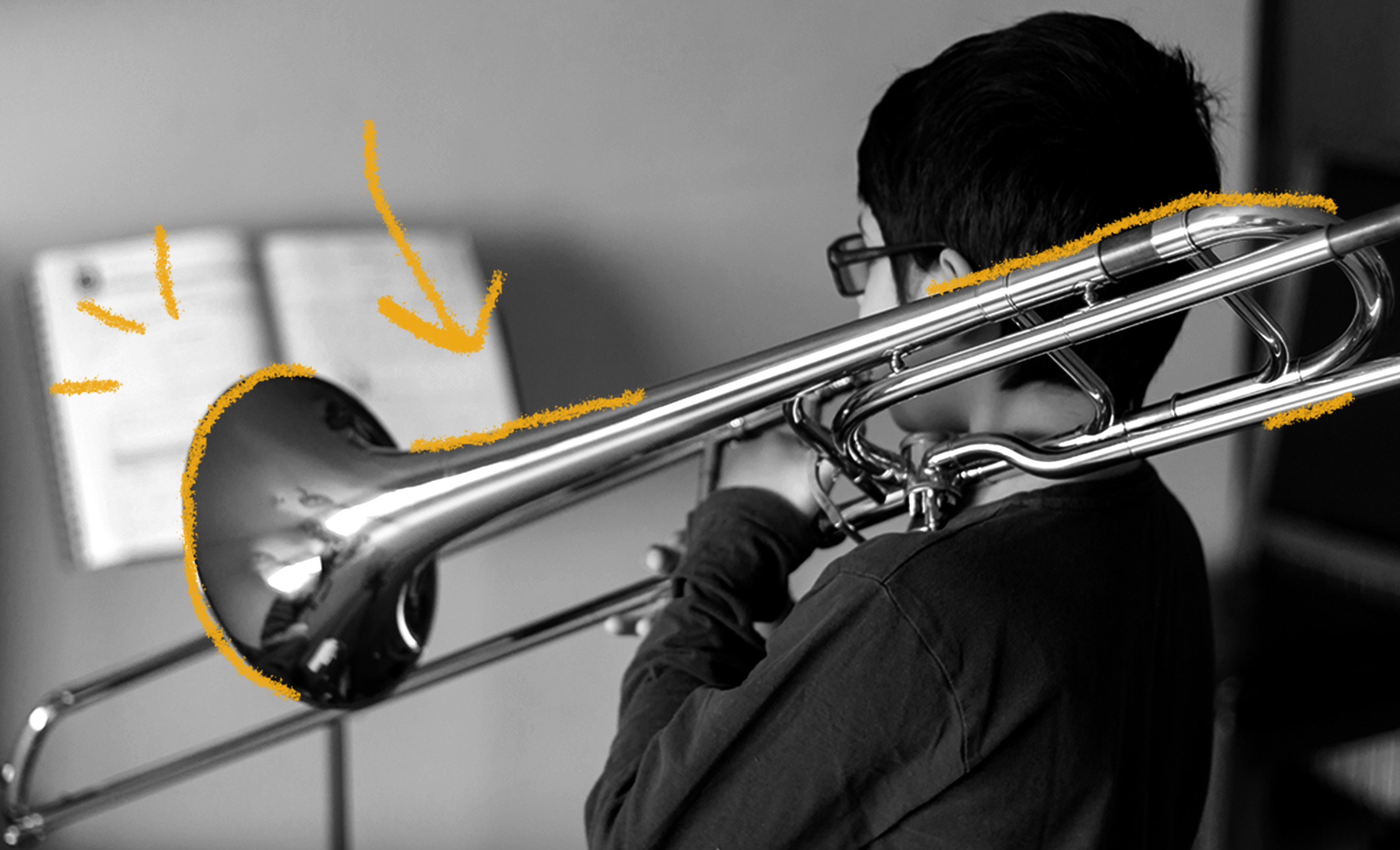It is thought that the trombone was invented in the mid-15th century in Europe. Notably, it shares the same ancestor as the trumpet. Trombones were used for a variety of musical situations, including to entertain in the courts of aristocrats, in religious music, and in military bands. But beginning in the 18th century, trombones were largely reserved for use in religious music. They were seen as “divine instruments” because of their range, which is similar to that of the human voice. Beethoven was the first to use trombones in a secular symphony. Specifically, Beethoven’s "Symphony No. 5 in C minor, Op. 67" ("Fate"), which was first played in 1808, was the first secular symphony to use a trombone. He used trombones again in "Symphony No. 6 in F major, Op. 68" ("Pastoral Symphony") and "Symphony No. 9 in D minor, Op. 125" ("The Choral"), which helped to shape the trombone’s future as a fixture in orchestras during the 19th century. Although trombones aren’t typically used in pop music today, they are still a key part of many musical genres and are often part of large orchestral arrangements.

Your go-to guide for weird history facts
Subscribe to the FREE daily email that makes learning about history fun.


